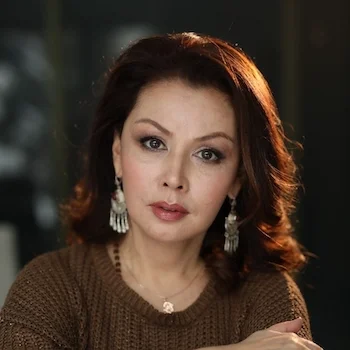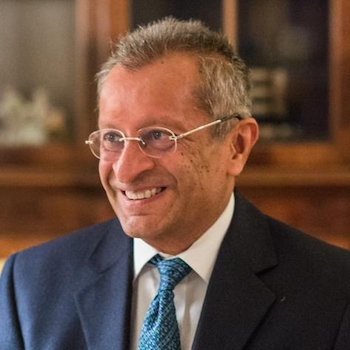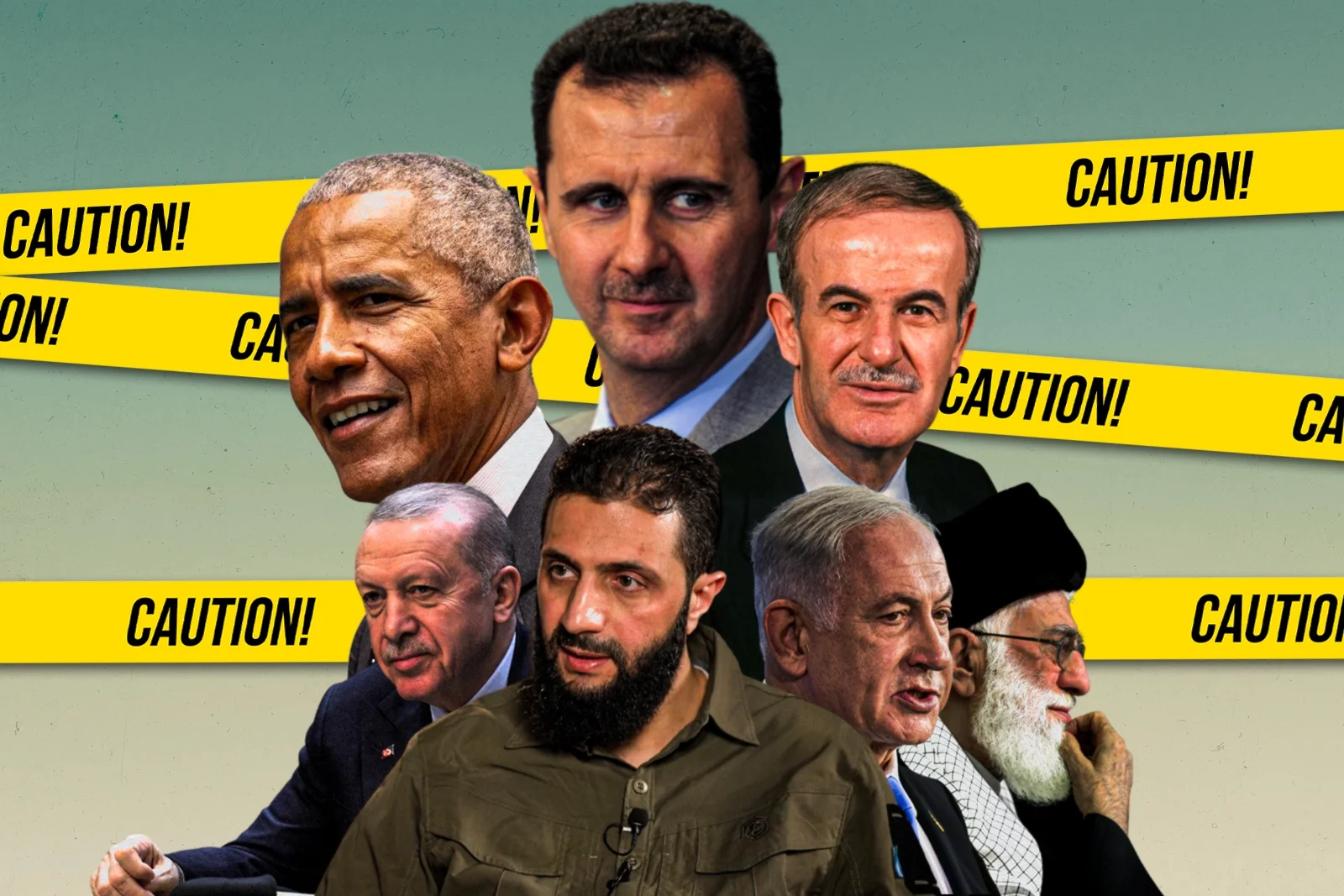
How Syria was Hallowed Out. Can Syrians Be Hopeful?
An acquaintance from Turkey recently told us, “Syria has finally been returned to its rightful owners and will now flourish. All kinds of minorities should shut up and stay quiet if they want to remain in the country.”
Yet, Syria has never belonged to just one group. It is a vivid mosaic of ethnicities, cultures, and faiths. This is a land where the ruins of Palmyra are painstakingly restored, where a mosque and an Orthodox church stand harmoniously in the same square, and where an active synagogue still exists in the heart of the capital – the Old City. The Umayyad Mosque in Damascus preserves Byzantine columns alongside relics of John the Baptist and Shiite relics, with two of its minarets bearing the names of the Virgin Mary and Jesus Christ.
Syria belongs—and will always belong to its people, the custodians of a land rich with the wisdom of prophets, the insights of scholars, the valor of warriors, and the verses of poets.
The Fall of the Syrian Arab Republic
While religion played a role, Syria’s catastrophe was rooted in its opposition to the West’s invasion of Iraq on the pretext of threat of “the weapons of mass destruction,” which never existed. Before that, Bashar al-Assad, the now former president, and his wife were welcomed in European and Arab capitals. However, by 2002, a U.S. State Department report labeled Syria a “state sponsor of terrorism” due to its alliance with Iran and support for Palestine. By 2003, Washington had imposed its first economic sanctions.
Meanwhile, U.S. General Wesley Clark, the former NATO Supreme Allied Commander, revealed that the Pentagon had long planned to target the dismembering of seven nations—including Syria—deeming them threats to Western interests. Leaked emails from WikiLeaks even revealed Hillary Clinton stating in 2006: “In Syria, al-Qaeda is on our side.”
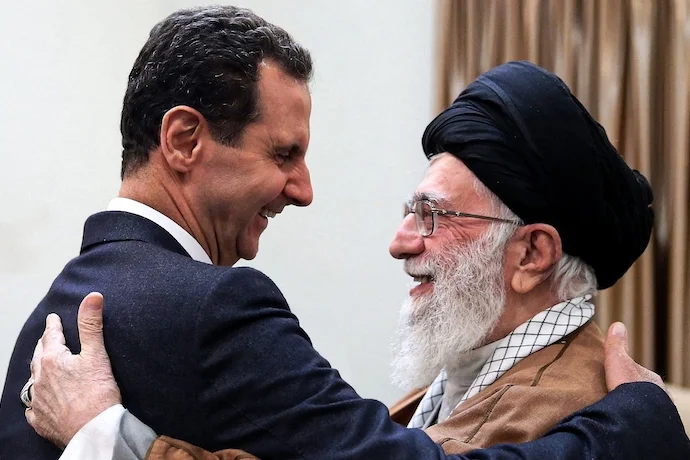
The Syrian Conflict: A Tangled Web of Causes
When the Arab Spring reached Syria in 2011, protesters initially sought political reforms, not regime change. The nation’s primary unresolved issue was its lingering conflict with Israel, dating back to 1967. Decades of thwarted coup attempts had led Hafez al-Assad to implement strict military reforms, forcing Syrian intelligence to track both real and imagined foreign spies. Simultaneously, the regime was locked in an ongoing battle with religious extremism, particularly the Muslim Brotherhood, which had long been banned in Syria. Some supporters of the radical group, however, later found themselves in positions of power in Damascus.
Adding to Syria’s woes, a decade before the 2011 uprising, both Syria and Iraq suffered from an induced drought as their neighbors, without impunity, constructed a network of dams along the Euphrates, using water as a political weapon. In response, Damascus supported Kurdish separatists. As marginalized rural populations, stripped of their livelihoods, flooded into cities, they became the unwitting fuel for the so-called “Syrian revolution.”
A Stolen Revolution
By March 2011, protests escalated into what became known as “The Friday Revolution,” providing a platform for extremists. From the outset, their chants carried chilling slogans: “Christians to Beirut, Alawites to the grave.”
Radicalization intensified due to religious leaders vying for regional influence. At the same time, the West—determined to protect its “investments”—pursued its own strategic interests by providing extensive support to the Syrian opposition.
Modern tools of social engineering, including information warfare and the politicization of religion, transformed an initially secular protest movement into an armed, deeply religious insurrection.
Syria’s tragedy is not just one of war but of manipulation—by internal factions, regional powers, and global players. A once-proud state has been dismembered, its people fractured. And as history repeats itself, we must ask: is there anyone selfless or innocent or blameless in this dismembering?
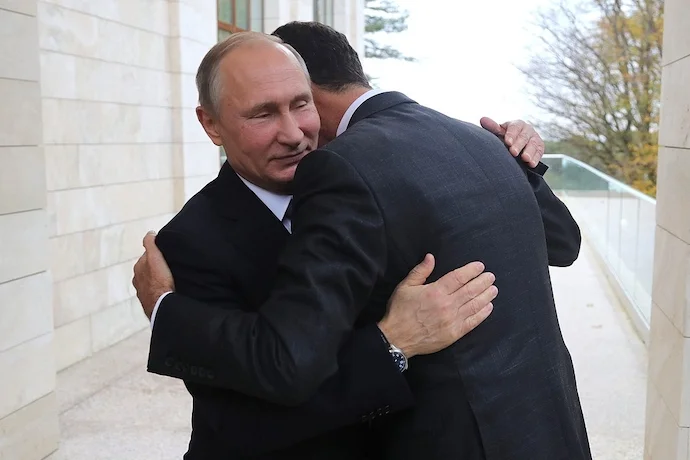
Assad’s Failed Reform Efforts
In 2011, Bashar al-Assad acknowledged public grievances, announcing amnesty, releasing hundreds of political prisoners—including religious radicals—and lifting the state of emergency. He introduced reforms to media and political party laws, and a 2012 referendum formally ended the Ba’ath Party’s monopoly on power.
These efforts proved futile. Protests escalated into violent unrest as unknown snipers targeted both security forces and demonstrators, igniting a civil war. The Syrian army responded by firing on civilians, many of whom were already armed.
Despite Damascus’s attempts to restore order, on December 11, 2012, global news agencies reported that the United States no longer recognized Assad as Syria’s legitimate leader and officially backed the armed opposition—the Syrian National Coalition.
The Rise of Global Jihad
Under President Obama, the CIA launched Operation “Timber Sycamore,” a covert program that armed, funded, and trained army defectors who formed the Free Syrian Army. The program also aided jihadist groups, which by 2014 had declared an Islamic Caliphate. By April 2015, ISIS controlled 80% of Syria, forcing civilians to flee to government-held areas. Hundreds of thousands perished, and millions became refugees.
Facing devastating losses, Damascus formally requested military assistance from Iran and later Russia. Intense battles raged from 2015 to 2016, with both American and Russian aircraft bombing cities. The liberation of Aleppo in December 2016 marked a turning point in the war.
The Path to Peace: The Astana Process
In January 2017, a new peace initiative began in Astana under UN auspices. Unlike previous efforts, it involved direct participants in the war: military opposition and the Syrian government, Russia, Turkey (a NATO member), and Iran – as the guarantors. The talks signaled a shift away from Western dominance in resolving regional conflicts occurring in the heart of Eurasia.
The Astana Process significantly reduced bloodshed and civilian casualties while laying the foundation for Syria’s future. By May 2017, agreements established four de-escalation zones, enabling humanitarian aid deliveries, detainee exchanges, and demining efforts. A Constitutional Committee was formed and handed over to the UN.
However, by December 2024, Russia and Iran had grown disillusioned with Assad’s intransigence. His refusal to negotiate, even with secular opposition groups, alienated his most reliable allies. Meanwhile, Ankara, motivated by the fight against terrorism, based on its national interests of security, steadily pursued its goal of annexing northern Syria and establishing an enclave as a buffer zone between Turkish and Kurdish forces under its own protectorate.
Jihadist Response to Astana
The Astana Process provoked a backlash from jihadist factions. While opposition field commanders negotiated under Moscow, Tehran, and Ankara’s mediation, Syria’s al-Qaeda affiliate, Jabhat Fatah al-Sham (formerly al-Nusra Front), launched an offensive in northwestern Syria in January 2017. They seized key supply routes and forced the surrender of opposition factions whose leaders were attending talks in Astana, the capital of Kazakhstan.
Ahmed al-Sharaa, leader of Jabhat Fatah al-Sham, publicly vowed to delegitimize any faction participating in the Astana talks. Soon after, his group merged with defectors from Ahrar al-Sham to form Hayʼat Tahrir al-Sham (HTS), which would dominate the militant landscape of northwestern Syria.

HTS’s Chameleon Strategy
By late 2017, ISIS had suffered catastrophic territorial losses, shifting the conflict to Idlib. There, militants refusing reconciliation were relocated. In March 2018, Russian President Vladimir Putin and Turkish President Recep Tayyip Erdoğan agreed that Turkey would separate moderate opposition forces from extremists. Instead, this initiative led to the creation of the Syrian National Army (SNA), a coalition of Turkish-backed opposition fighters.
Meanwhile, in Idlib, HTS established a “Salvation Government” under al-Sharaa, consolidating power by eliminating rivals and absorbing militias. The group’s trajectory mirrored that of Iraq’s Mujahideen Shura Council, which unified Sunni insurgents under al-Qaeda before evolving into ISIS.
Relations between HTS and the SNA fluctuated between cooperation and conflict. However, external actors continued manipulating both groups as leverage against Damascus, ensuring Syria’s war remained unresolved.
The ‘Afghanization’ of Syria
HTS pursued military pragmatism and political ambitions. Although U.S. arms shipments to Idlib declined after a scandal revealed that the CIA had spent millions training only a handful of rebels, other foreign sponsors ensured a steady supply of weapons.
HTS rejected reconciliation with Assad but sought international legitimacy. The U.S. withdrawal from Afghanistan and the Taliban’s rise emboldened HTS, fueling hopes for similar recognition. Despite being on global terrorist lists, Ahmed al-Sharaa began granting interviews to Western journalists, positioning himself as a regional power broker.
The Fall of Damascus
On November 27, 2024, HTS launched a coordinated offensive on western Aleppo with direct military support from the Turkish government. At the time, escalating instability in Idlib posed a significant threat, and the assault appeared to serve two primary objectives: consolidating internal power and exerting external pressure on Damascus, aiming to push Assad into negotiations with Erdoğan.
In an unexpected turn of events, the Syrian army offered no resistance; its demoralized soldiers abandoned their posts and returned to their homes. Syria’s readmission into the Arab League in 2023 had briefly sparked hope for national recovery, yet the U.S.-enacted Caesar Act of 2019 continued to cripple the country. The act cut off funding for the army’s logistics and material support while extending sanctions to foreign entities seeking to participate in Syria’s reconstruction.
A lethal combination of war’s devastation, widespread corruption, and relentless sanctions had weakened the Syrian state beyond repair. Just eleven days after the operation began, HTS fighters triumphantly marched into Damascus.
Who Benefits from the Alawites’ Destruction?
HTS’s victory has been overshadowed by widespread collective punishment against Syria’s native population, perpetrated mainly by foreign “takfiris” and pro-Turkish SNA fighters along the coastal region. These atrocities—recorded and disseminated online—serve as stark warnings to religious minorities, forcing them to flee. The objective appears clear: the establishment of a mono-religious society through terror.
Among the victims are not only Alawites—including their 90-year-old supreme sheikh, who was brutally murdered—but also Sunni Sheikh Abdurrahman Dala from Idlib, who denounced the massacres. Christian leaders have not been spared; Johanna Yousef Boutros, the spiritual head of the Church of St. Elijah in Tartus, was crucified. Even an elderly Damascus tailor, whose only “offense” was sewing suits for Russian diplomats, met a gruesome fate.
Meanwhile, as the destruction of Gaza continues, a critical question arises: Will this serve as a precedent and justification for the actions of extremist groups? Or will double standards once again apply?
Ankara’s Dilemma
By backing HTS in its takeover of Syria, Turkey has inadvertently positioned itself as Israel’s foremost regional adversary. Tel Aviv, which has consistently targeted Syrian military infrastructure, will not tolerate the emergence of a strengthened new Syrian army. Any significant arms shipments into Syria could provoke direct and indirect military confrontations between Turkey and Israel, mirroring past clashes involving Iran’s Axis of Resistance.
With Turkey’s economic malaise and its major cities gripped by protests, can Ankara afford the additional burden of stabilizing Syria? The much-touted repatriation of refugees has largely failed—of the promised four million, barely over 100,000 Syrians have returned. Meanwhile, President Donald Trump has endorsed Turkey’s actions, effectively shifting the responsibility for Syria’s instability onto Erdoğan.
Global Stakeholders React
Neither Qatar nor the Gulf monarchies appear eager to finance Turkey’s growing influence in Syria. Doha, in particular, seems more inclined to provide humanitarian assistance to Alawites and Christians who have sought refuge at Russia’s Khmeimim airbase, subtly signaling its disapproval of the atrocities along Syria’s coast.
The European Union, preoccupied with preventing another refugee crisis, has dispatched diplomatic delegations to Damascus. However, this approach risks backlash, as economic hardships within EU member states intensify and Western governments attempt to justify Middle East aid by urging their citizens to “tighten their belts.”
The UN Condemns and Calls for Action
On March 10, the UN Security Council condemned the war crimes committed by Hayʼat Tahrir al-Sham along the Syrian coast and demanded that the new Syrian authorities disarm militant factions, prosecute war criminals, and uphold the rights of all religious and ethnic communities.
Warning of the persistent threat posed by foreign terrorist fighters, the UN Security Council emphasized that the danger extends beyond Syria, affecting Central Asia, China, Russia, Turkey, the EU, and the United States.
The Council also criticized Damascus for delays in developing criteria for a transitional period and for failing to address sectarian tensions. It warned that postponements in disarmament and reintegration, coupled with the appointment of extremist-linked officials to key government positions, could deepen Syria’s instability.
Currently, 19 out of 23 ministers in the new Syrian government are affiliated with banned organizations such as HTS and al-Qaeda. Several key officials hold dual citizenship, primarily from Western Europe and the U.S. The Minister of Defense is a Tajik national wanted in his home country for terrorism. Among the newly appointed officials is one Canadian woman, an LGBTQ advocate, as well as representatives from the Druze, Kurdish, and Murshidi (non-Alawite) communities.
A growing concern remains the Al-Hol camp, the last bastion of the “Islamic Caliphate,” where approximately 60,000 ISIS family members remain under Kurdish control. In 2024 alone, over 6,000 infants were born in the camp, raising fears that Al-Hol may become a breeding ground for the next generation of jihadists, much like Idlib before it.
Syria’s Fate: Death or Rebirth?
The Syria of old is on its last breath. A nation that for decades resisted global jihadism and religious extremism has, through strategic missteps and foreign interference, fallen into the hands of forces it once fought against. Will the new regime be accepted—both domestically and internationally? Or is Syria destined to spiral further into chaos?
Yet, hope lingers. The Syrian people, resilient and bound by a deep cultural identity, may still shape their own future. This ancient land—marked by endurance, loyalty, hospitality, and untold narratives of human triumph and tragedy—ultimately belongs to its people.
